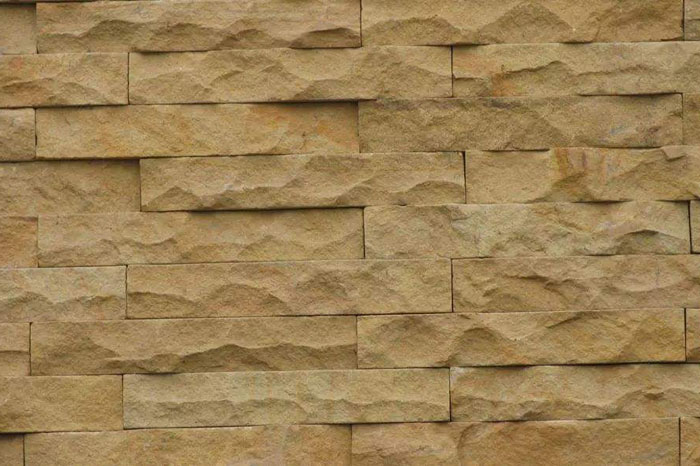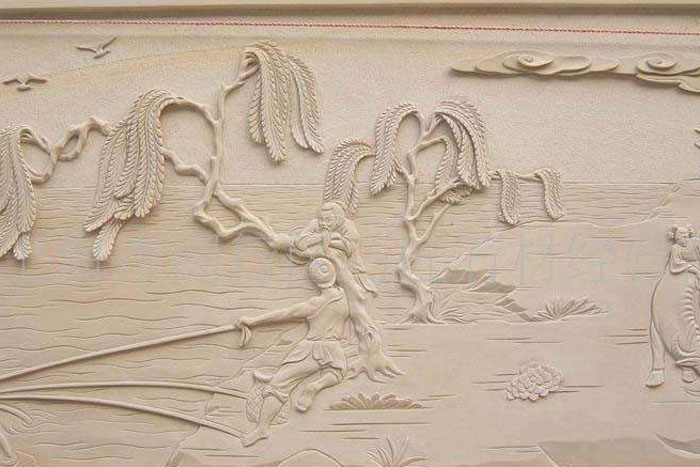Sandstone is a kind of stone widely used by people, and this kind of stone is mainly used in construction. Sandstone is a kind of sedimentary rock, which is mainly formed by the cementation of sand, and the content of sand is more than half. The vast majority of sandstone is composed of quartz or feldspar. So, what are the common types of sandstone? Below, let's take a look at Xiaobian FABULOUS.

Feldspar sandstone: The content of feldspar debris accounts for more than 25% of the total sand-grade debris. Among them, the content of quartz is less than 75%, which can contain more mica and heavy minerals. The cement is mainly calcium and iron, and often contains clay heterobase. When the miscellaneous base> 15%, it belongs to feldspar sandstone. The debris particles are generally sorted and have a medium roundness. Feldspar sandstone is often light yellow, meat powder or greenish gray. Feldspar sandstones can be divided into three types according to their formation conditions, namely structural feldspar sandstone, basement feldspar sandstone and climate feldspar sandstone. Feldspar sandstone is generally in areas with strong tectonic movement. The parent rock is granite or granite gneiss. The climate is dry and cold, mainly physical weathering, and formed under conditions of strong erosion and rapid accumulation. Most of them are continental deposits, with less marine deposits. It often accumulates in mountain piedmont or in mountain basins. Many feldspar sandstones have been found in continental rifts. The Sinian in Tangshan, Hebei Province produces feldspar sandstone, of which feldspar can exceed 50%.
Detritus sandstone: The detritus content accounts for more than 25% of the total sand grade clastics. Among them, the quartz content is less than 75%, and it can contain a small amount of feldspar (<10%), the content of heavy minerals is relatively high, and the types are complex. The cement is often siliceous and carbonate, often containing impurities. When the miscellaneous base> 15%, it belongs to lithic miscellaneous sandstone. The roundness and sortability of the debris particles range from medium to poor. It is often light gray, gray-green to dark gray. The composition of cuttings is closely related to the nature of the parent rock in the source area, and the rock types can be further classified according to the composition of cuttings. Detrital sandstone is a kind of sandstone with low component maturity and structural maturity. It is mainly formed in piedmont or intermountain depressions in areas with strong structural changes.

Quartz sandstone: The content of quartz and siliceous debris accounts for more than 95% of the total sand-grade debris, and it contains only a small amount or no feldspar, cuttings and heavy minerals. The detritus particles are often dominated by single crystal quartz, with good roundness and sortability, and the highest degree of maturity in composition and structure. Few hetero-bases and particle support. When the miscellaneous base> 15%, it is called quartz miscellaneous sandstone. Quartz sandstone is mainly formed in a stable geotectonic environment. The topography is quasi-plained. After long-term weathering of the parent rock, most of the products of denudation are formed in the ocean (such as beach) environment by strong selection of waves and currents and repeated erosion and slow deposition. . It often coexists with carbonate deposits and forms quartz sandstone-sea-forming carbonate structures, such as the Upper Precambrian in the Taipei half of North China.